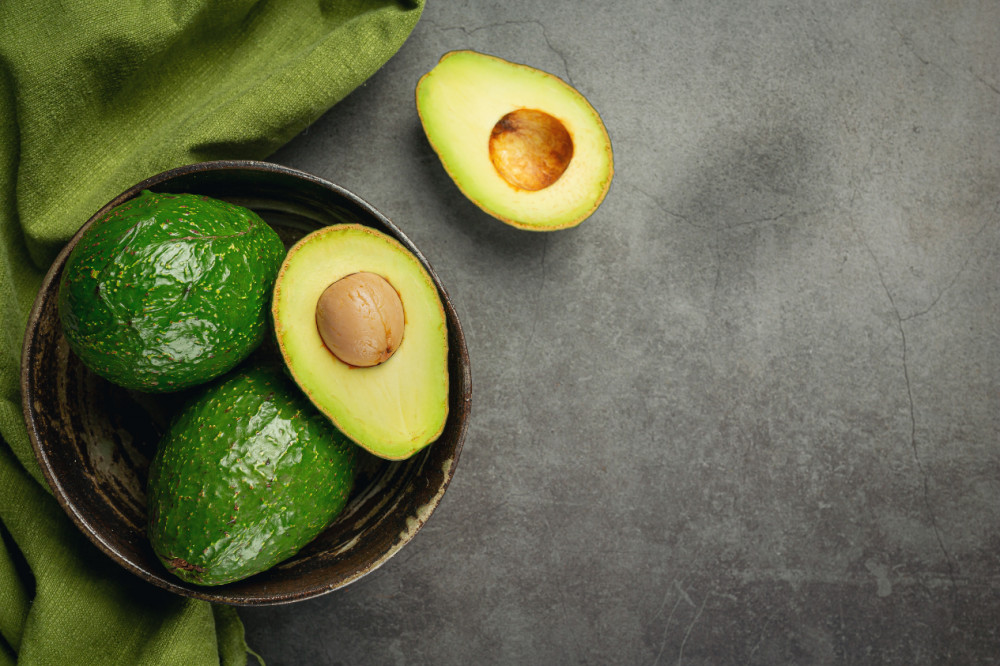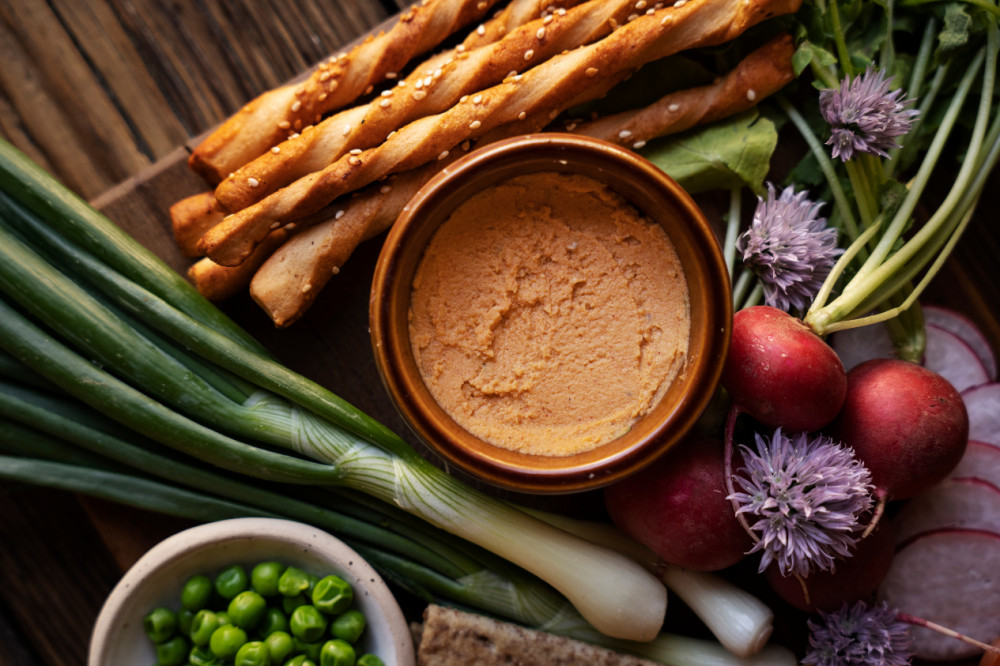
What are Mother Sauces?

In French cuisine, the mother sauces (French: sauces mères), also known as grandes sauces in French or leading sauces, are a group of sauces upon which many other sauces – "daughter sauces" or "small sauces" (French: petites sauces) – are based. There have been different classifications of mother sauces dating back to the 19th century.
They're called mother sauces because each one is like the head of its own unique family.
A sauce is essentially a liquid plus some sort of thickening agent along with other flavoring ingredients. Each of the five mother sauces is made with a different liquid, and a different thickening agent—although three of the mother sauces are thickened with a roux, in each case the roux is cooked for a different amount of time to produce a lighter or darker color. Let's begin our list of five mother sauces!
1. Béchamel
You may know béchamel sauce as the white sauce that gives chicken pot pie its creamy texture, or as the binder for all that cheese in macaroni and cheese. The sauce is also used to make scalloped potatoes, lasagne, and gravy. If you have milk, flour, and butter you can make a very basic béchamel.
Béchamel is made by thickening hot milk with a simple white roux. The sauce is then flavored with onion, cloves, and nutmeg and simmered until it is creamy and velvety smooth.
2. Velouté
Velouté means velvet in French, and that is the texture you will find with this original mother sauce. To make a velouté, cooks create a roux with butter and flour, and then add clear stock. Chicken, turkey, and fish stock are most commonly used, but these days, you will also find a vegetarian velouté. Traditionally, it is made by thickening white stock with a roux and then simmering it for a while. While the chicken velouté, made with chicken stock, is the most common type, there is also a veal velouté and fish velouté.
3. Espagnole
This dark brown sauce, one of Carême's original mother sauces, gives that signature richness to boeuf bourguignon, lamb, duck, veal, and other hearty dishes. Espagnole is the basis for demi-glace, sauce Robert, and bordelaise sauce. Espagnole is made by thickening brown stock with a roux. So in that sense, it's similar to a velouté. The difference is that Espagnole is made with tomato purée and mirepoix for deeper color and flavor.
4. Sauce Tomate
Sauce tomate, or tomato sauce, bears slight resemblance to the Italian style tomato sauce served with pasta. This mother sauce is often served on top of pastas (especially gnocchi) or polenta, or with grilled meat or vegetables. In Carême's day, sauce tomato was thickened with a roux, but this is no longer the case.
Now, tomatoes are cooked down into a thick sauce that is flavored with vegetables and pork. Roux can thicken the sauce quickly if there's little time. Carême classified sauce tomat as a mother sauce in the early 20th century.
5. Hollandaise
You may recognize Hollandaise sauce from eggs benedict or as a topping for lightly steamed asparagus. Hollandaise sauce is an emulsion where egg yolks are suspended in melted butter to create a creamy, rich sauce. Optional flavorings for Hollandaise include cayenne pepper, white wine vinegar, or lemon juice. Hollandaise is the basis for several other classical French sauces, including sauce Bearnaise.
Now you know about the 5 mother sauces!




